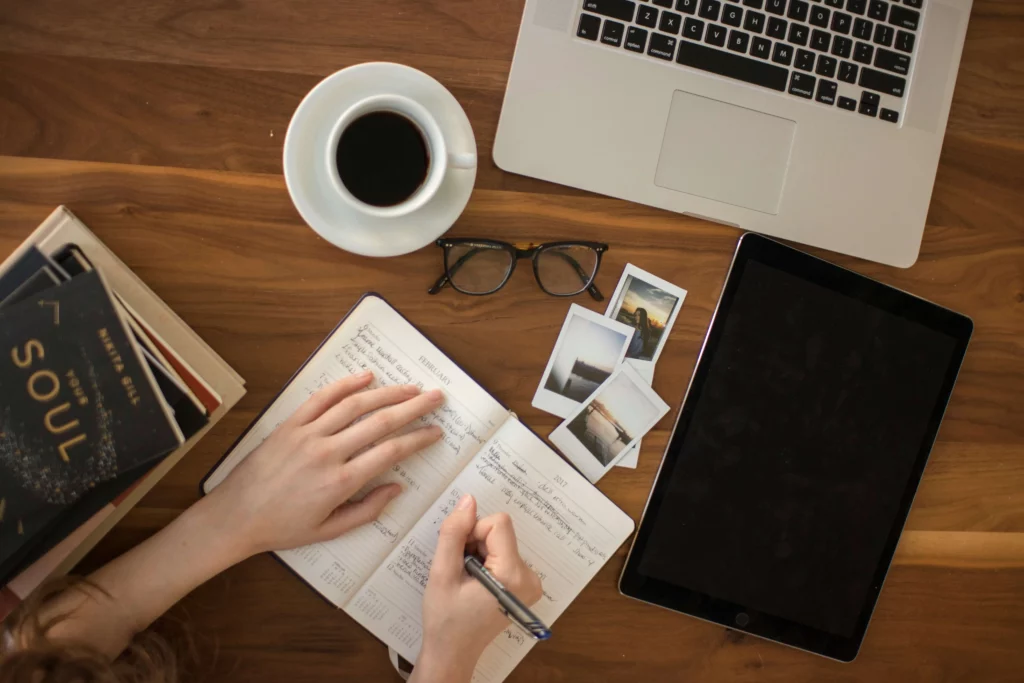Understanding how to communicate the sound of a whistle in writing can enhance your storytelling by adding a layer of auditory imagery. This guide provides practical insights on how to describe a whistle sound in writing by capturing its unique tone and nuances.
Writing the Sound of a Whistle
Onomatopoeic expressions can successfully convey the sound of a whistle Many writers utilize expressions such as “Phwwwwwhht” or “Tweeeet” to mimic the classic whistle sound To describe more complex whistle sounds like a musical whistle or a catcall, switching vowels and lining them in a musical bar can indicate pitch and octave
An example would be “Phwwwwwhhht Phwoooooh”

Understanding Sound Pitch and Variation
The pitch and variation of a whistle can create meaningful context in your text. For instance, long, mournful whistle sounds can convey sadness or longing, while short, sharp whistle sounds could indicate alarm or sudden surprise. These variations are dependent on the way a character whistles – is it a slow and long exhale, or a short, sharp burst of air?
International Whistle Sounds
Different languages have unique ways of describing the sound of a whistle. In French, for instance, a whistle sound is described as “siffler” or “siffloter”, while in Russian it can be “свисти” or “свисток”. Incorporating these nuances can enrich your narrative when writing about characters from different cultural backgrounds.

Nature’s Whistle Sounds
Nature also provides a rich repertoire of whistle sounds. Birds, for example, produce a wide variety of whistle sounds that can be described using onomatopoeic expressions such as “WHewOOO, oooOO, whOOooo”. Describing these natural whistle sounds can help paint a vivid picture of your story’s environment.
Whistle as Communication and Signal
Whistles serve not only as an auditory element but also as a signal or communication tool within a story. Specific whistle patterns can send meaningful messages, making them effective communication devices in your narrative. For instance, in sports or emergencies, whistle patterns can signal instructions or warnings.

Exploring Musical Whistle Tones
In a musical context, whistle tones, also known as whisper tones, create high and soft whistle-like sounds. Mastering these sounds needs a good handle on embouchure control and precise, flexible breath control. Incorporating whistle tones into a musical narrative can add depth to a scene involving a musician character or a musical performance.
Conclusions
Describing a whistle sound in writing adds depth and audial texture to your narrative. It can make a simple scene more vivid and authentic. This guide provides a myriad of options – whether you’re depicting a sharp, alarming whistle, a lilting bird’s call, a catcall, or a musical whistle tone. Use these tips to write a captivating whistle sound that not only appeals to readers’ auditory senses but also propels your story forward.
